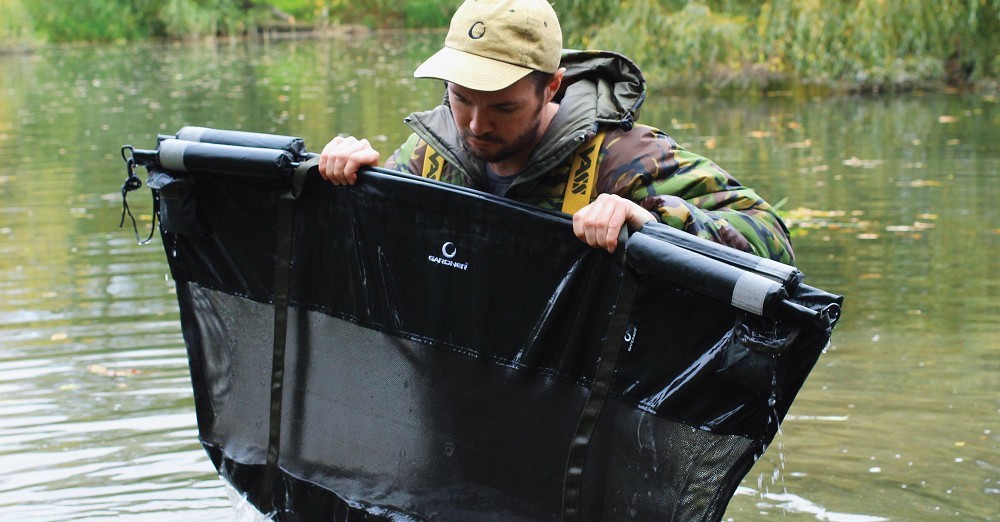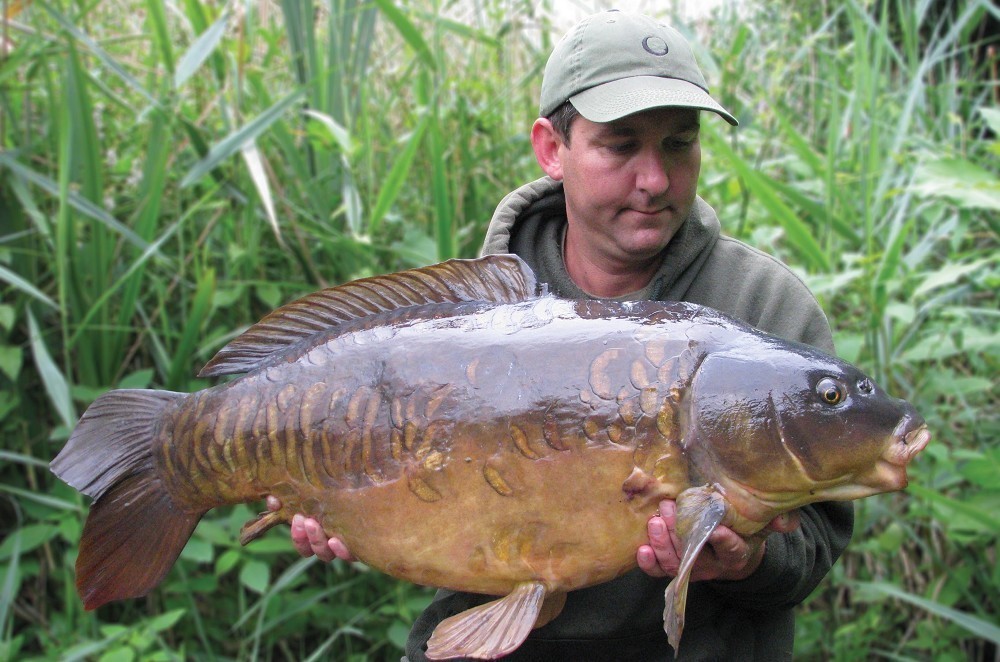
Should you sack fish?
If your fishery allows, would you/do you sack fish? If yes, then what is the maximum length of time, and are there any circumstances in which you would never sack a fish, even a new PB?
Rick Golder
"I never actually sack fish"
“I don’t use a specific carp sack now, and so never actually sack fish as such. I much prefer using the retention slings for short periods of time as I find them safer and much more fish-friendly. These slings give better water flow and support to a retained fish, and are also much easier and safer when handling big fish on your own. The ones made by Gardner and Trakker are superb, and are deep enough to allow fish to recover upright while I sort out my weighing and camera gear, which I then do all in one go as soon as possible after the capture. This allows the fish to settle, and once I’m all ready it means it’s out of the water for as short a time as possible. I’ll always do night shots rather than keep them any longer than 20 minutes or so, which I recently did with a PB.”
Calum Kletta
"If you're unsure, don't risk it"
“At the moment the use of sacks is a taboo subject, but when done safely I am happy to sack a fish. Wherever possible I would try not to, instead using the net or a retention sling while sorting myself out. Retention slings should only be used for a short time, so for any longer I would use a sack in a deep margin. Sacking time should be kept to the minimum, for me anything over 4-5hrs is too long, I would rather release a fish alive without a picture than risk damage!
“I would never consider sacking a fish if there was nowhere safe, for example in a shallow margin or if it was particularly weedy (weed removes oxygen at night). Sadly, if there are otters present on the venue no fish should ever be sacked. The advice from me is if you’re unsure, don’t take the risk!”
Luke Church
"I will sometimes use a sack"
“If I feel that it is completely safe to do so, then I will be confident to sack up some certain special fish. On the flipside though, if it is not safe then I will always take some quick night time snaps and release the fish safely back into its home. Generally I will decide whether to sack the fish or not depending on what time it is and how long it will be till daybreak. Also, I make sure the margins are nice and deep, somewhere safe for the fish to be comfortable and getting plenty of oxygen (not head first in a weedbed).
“We would all prefer to have perfect trophy shots of our treasured captures with daylight, but in all honesty the most important thing is making sure the fish’s health is not at any risk. I have always been told you can sack fish for up to 12hrs, but I have never done this, and to be totally honest, that’s a ridiculous amount of time to keep a carp sacked up for, and is, 100%, something I’d never recommend. Just as Lewis states, common sense should rule.”
Lewis Read
"Common sense should rule"
“Carp care is common sense! If in doubt, you don’t do it. This should be the prevalent attitude across all angling disciplines – and all aspects. Risk assessment is key, for example by looking at what the conditions are in relation to hooking and landing them safely, and consequently retaining them long enough to photograph are paramount.
“Yes, I would use a sack if they are permitted; yes, it would be for the shortest time possible; and yes, I think there are occasions when their use is actually advantageous in terms of the fish’s welfare.
“No, I wouldn’t sack a fish up if the water temperatures were high and/or there were only shallow or weedy margins accessible.
If you are absolutely certain (after checking) that the fish is in comfortable depth of water, in a nice large high-flow material sack that’s securely attached to a suitable bankstick and resting calmly, then there is negligible risk involved – but it’s when anglers don’t apply a stringent thought process to what they’re doing that dangers escalate and fisheries bring in a ban on the use of sacks. And who can blame them? Then it’s a case of implementing stringent rules on temporary retention in a suitable floating retainer just long enough to get the camera gear ready.”





